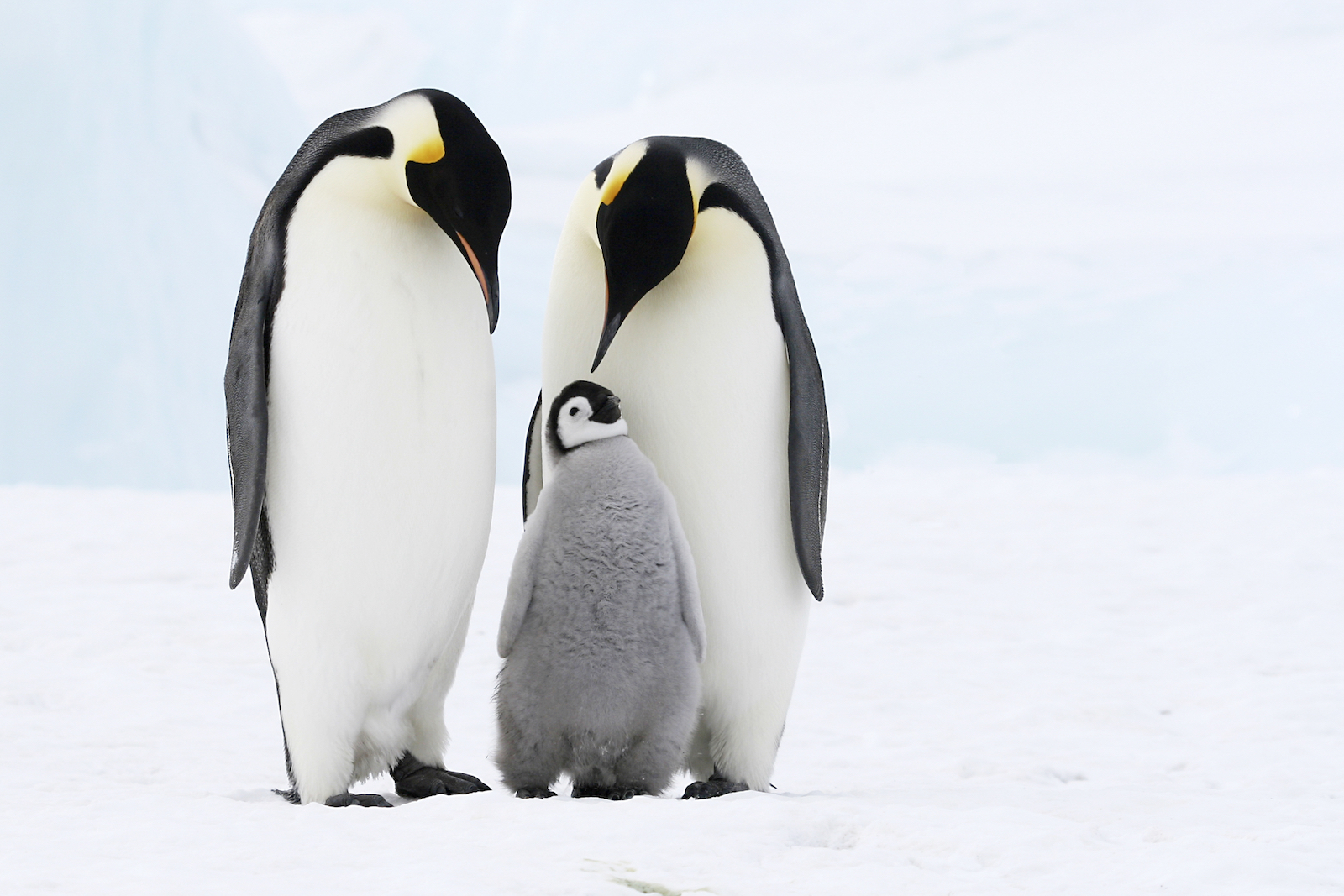
Science
The Emperor Has No Ice
It’s not every day that you see an emperor penguin in Australia. When one of these birds recently emerged from the waves at Ocean Beach in Denmark, Western Australia, it was clear that something was not right.
The penguin’s arrival at Ocean Beach, more than 2,200 miles north of Antarctica, places it far from its natural home. The question is, why? Was it lost, swept along by ocean currents while foraging for food? Or could its appearance signal something far more concerning?
Many experts suggest that climate change offers the most plausible explanation. They warn that such incidents may become more frequent as emperor penguins lose access to the sea ice they depend on for survival, thanks to the effects of global warming.
Abrupt reductions in sea ice are having increasingly severe consequences for ecosystems and the species that depend on this frozen habitat. This is an existential threat for emperor penguins, whose entire life cycle revolves around sea ice. Nearly all colonies rely on stable, land-fast sea ice attached to the coastline for breeding and molting, while marginal ice zones serve as crucial foraging habitats.
Emperor penguins return to these breeding sites each year between late March and April. They lay their eggs from May to June, with hatching occurring after 65 days. By December and January, the chicks fledge. For these cycles to succeed, the ice must remain stable between April and January. If it breaks apart too early, breeding success plummets, and chick mortality rates spike.
Despite their adaptations to extreme environments, emperor penguins are particularly vulnerable to the effects of climate change. The warming of the Southern Ocean, home to emperor penguins, is setting off cascading changes threatening their survival.
One of the most significant shifts involves krill, a tiny crustacean that serves as a cornerstone of the Antarctic food web. Krill depend on sea ice for reproduction and survival, but shorter ice seasons in the Antarctic Peninsula disrupt their life cycle. Earlier ice retreats interrupt phytoplankton blooms, which are vital to krill populations. These disruptions ripple through the ecosystem, impacting the emperor penguins that depend on krill as a primary food source.
With fewer krill available, emperor penguins must travel greater distances and dive deeper to find food. This added effort depletes their energy reserves, reducing reproductive success and increasing chick mortality rates. These challenges illustrate the growing vulnerability of emperor penguins to climate-driven changes in marine ecosystems.
Sea ice loss is not the only factor reshaping the penguins’ habitat. Altered wind patterns, a side effect of climate change, are reducing both the extent and the duration of ice cover. These changes compromise breeding sites and limit access to productive foraging areas. Open water areas within sea ice—essential for penguin hunting—are shrinking, while warm water upwellings further destabilize the food web.
As sea ice retreats earlier with each passing season, emperor penguin chicks face new dangers. Chicks rely on stable ice until they grow waterproof feathers. If the ice breaks up too soon, they are forced into the water before they are ready, significantly increasing mortality rates.
This decline in sea ice is part of a larger feedback loop known as ice-albedo feedback. According to NASA, Antarctic sea ice is now on track to cover just 6.6 million square miles at its maximum extent, compared to an average of 7.22 million square miles between 1981 and 2010. As ice retreats, it exposes darker ocean water, which absorbs more solar energy than the reflective ice. This additional warming delays the formation of new ice, accelerating the cycle of ice loss.
The appearance of an emperor penguin in Australia may result from several factors, including disorientation, extreme weather, or changes in ocean currents—all of which are influenced by climate change. As warming oceans disrupt traditional patterns in sea currents and as wind patterns shift, penguins may find themselves straying far from their usual habitats.
If current trends persist, emperor penguins will likely be forced to adapt to a rapidly changing environment. As their native ice disappears, these birds search for new habitats and food sources, even if it means traveling farther afield.
Practically speaking, this means that sightings of emperor penguins on Australian beaches may become more common in the decades to come. The lone penguin on Ocean Beach offers a glimpse of this potential future—a world where emperor penguins must seek refuge far from their ancestral home.
The plight of this penguin is not just its own. It serves as a reminder of the far-reaching effects of climate change. What happens in Antarctica will ripple outward, affecting ecosystems, species, and humanity.

